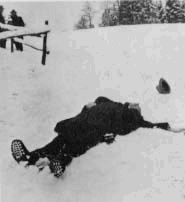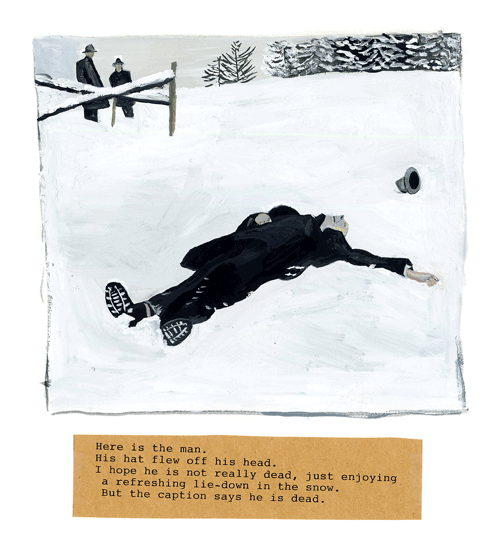“To draw up in advance an exact and detailed plan is to deprive our mind of the pleasures of the encounter and the novelty that comes from executing the work. It is to make the execution insipid for us and consequently impossible in works that depend on enthusiasm and imagination. Such a plan is itself a half-work. It must be left imperfect if we want to please ourselves. We must say it cannot be finished. In fact it must not be, for a very good reason: it is impossible. We can, however, draw up such plans for works whose execution and accomplishment are a mechanical thing, a thing that depends above all on the hand. This is suitable and even very useful for painters, for sculptors. Their senses, with each stroke of the brush or chisel, will find this novelty that did not exist for their minds. Forms and colors, which the imagination cannot represent to us as perfectly as the eye can, will offer the artist a horde of these encounters which are indispensable to giving genius pleasure in work. But the orator, the poet, and the philosopher will not find the same encouragement in writing down what they have already thought. Everything is one for them. Because the words they use have beauty only for the mind and, having been spoken in their head in the same way they are written on the page, the mind no longer has anything to discover in what it wants to say. A plan however is necessary, but a plan that is vague, that has not been pinned down. We must above all have a notion of the beginning, the end, and the middle of our work. That is to say, we must choose its pitch and range, its pauses, and its objectives. The first word must give the color, the beginning determines the tone; the middle rules the measure, the time, the space, the proportions.”
(Joseph Joubert, from The Notebooks of Joseph Joubert, trans. Paul Auster, pp. 39–40.)

